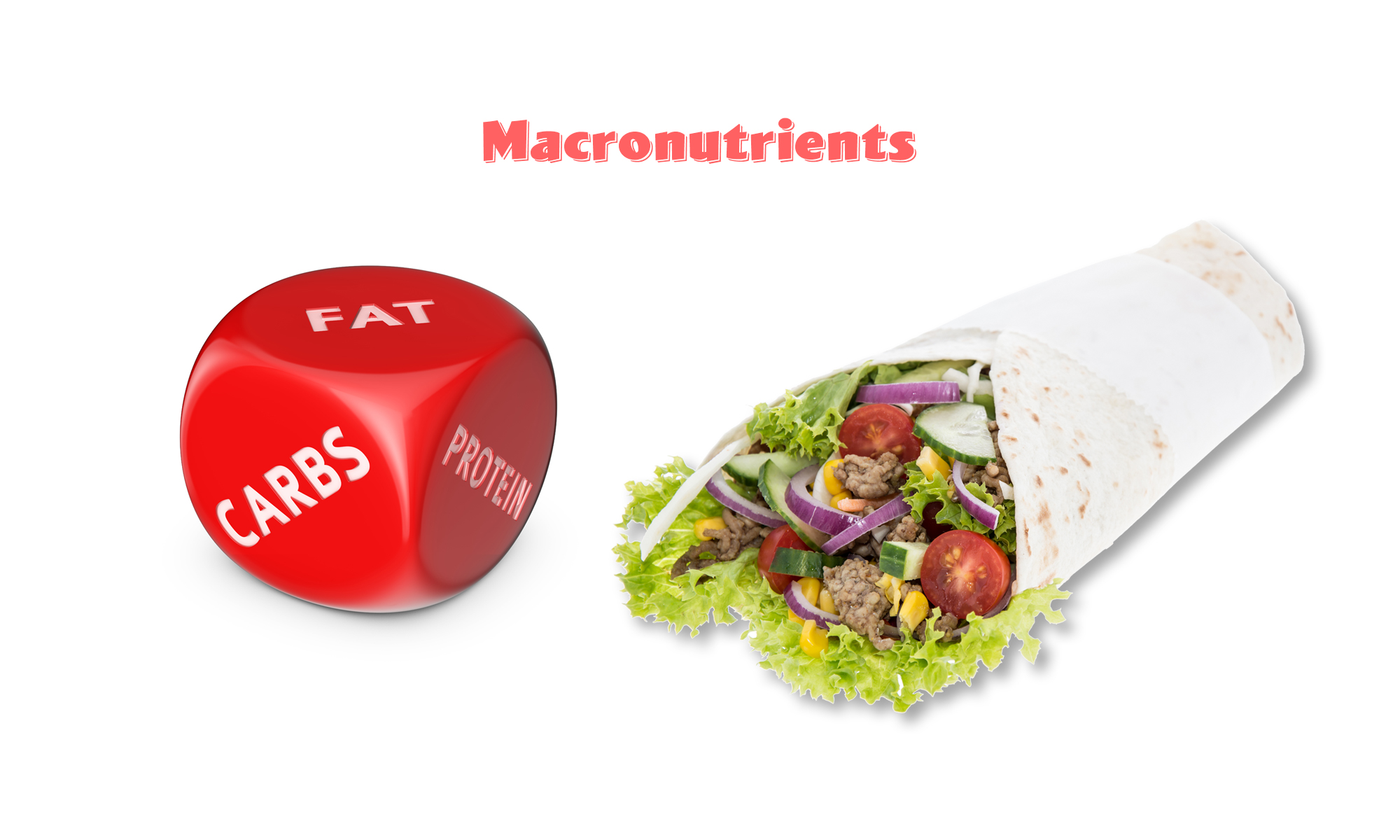Macros
What are macros? The TL;DR version: Macros is short for macronutrients which are about tracking ratios of Protein, Carbs, and Fats for your diet (or lack thereof). When I hear the word macro, I think of Excel or programming macros and I have to switch contexts between my day job and fitness.
Macros depend on the fitness goals you’re trying to achieve and personal factors such as body type and sex. The macros for gaining mass are going to be different than the macros for losing weight.
Since I’m an obese Mesomorph body type, 20 – 30% percent of my diet should be carbs, 40 – 50 % should be protein and 30 – 40 % should be fats. In short, my diet should resemble something like the healthy version of Adkins or the TNT diet.
The benefit of thinking with macros is you can visualize the amounts of fruits, veggies, proteins and fats you should be eating per day. The many articles that I have read on macros neglect to mention the visualization aspect.
Applying Macros
For me, I start out with a protein shake with frozen fruit, frozen spinach, and blend of coconut and almond milk. Vitamin D in the almond milk helps with fat loss and the vitamin B found in coconut milk helps with energy. The almond and coconut milk blend yield better results for smoothies than milk or yogurt in my opinion. I work out around 5 am after taking the shake.
For fat loss, there are some recently noted benefits of having a pre-work shake.
After the workout, I have a small meal some variant of eggs with veggies or fruit and a very limited amount of poppy seed bread for fiber. I have diverticulosis, and omitting bread has caused episodes diverticulitis. So most people should omit the bread for weight loss.
For lunch, its veggies with some form of protein, usually chicken or fish.
For a snack I go for variants of:
- greek yogurt with nuts (almonds, pistachios, or a light sprinkle of granola).
- cheese and meat
- Bell peppers with very light amounts of ranch / blue cheese or guac. Sometimes just the peppers by themselves.
For dinner its veggies, protein, and a fat like cheese or avocado.
I haven’t worked up to having a sixth meal. Occasionally I have casein and almond milk.
Whenever I have the occasional cheat meal with a heavy starch, I have it for or before lunch. I also allow myself caffeine from 5-hours occasionally during the day to keep my sleep schedule intact. Otherwise, I revert to staying up late. I used to take c4 before a workout, but I’ve nixed that entirely.
I’m already down a few pounds by following this formula.
Disclaimer: I’m not a nutritionist, you should always consult your doctor and your nutritionist when taking on a new diet. My personal goal is creating a sustainable diet for weight loss rather than follow a hardcore diet that exerts my willpower to zero, which increases the chances of failure.
Personal Update
During August, I had a week long episode of diverticulitis. Sometimes, I can workout during an episode. During this episode of diverticulitis, I could not. Diverticulitis reduces my diet to water, Gatorade, tea and various soups. This episode affected my overall progress.
I also had one or two drinks during the holiday weekend.
But it’s now September, so it’s time to double down. I’m now back to waking up at 4 am following the diet that I’ve set for myself. I once lost 4 lbs from some dieting, but mostly from exercise. That wasn’t a sustainable lifestyle. As my friend and former trainer Trent Anderson always reminded me, “Abs are made in the kitchen”. So is sustainable weight loss. Trent is only my former trainer because we now live in different cities. If you live in Charlottesville, Va; I highly recommend visiting Trent.
I could never follow a rigid diet, but following rough outlines that macros help to visualize and provide is doable. I gauge how I feel. If I killed in the gym with lifting, I up that protein percentage. If I have a more overall active cardio day, I slightly up the carbs to even out the energy. Portion size is key. Drinking plenty of fluids helps with that.
My primary fluid intake is water or green tea. The green tea does help with avoiding diet soda or getting soda cravings in general.
I’m also adding light cardio on my days off from my five-day split. The additional cardio is more for regulating sleep and waking up at 4 am than losing weight. Consistency is key when building a habit.
The more that I dig into fitness and health, the more I realize it is all about mentality and execution based on positive and driven mentality.
Recommending Reading.
If you want to read more on macros and diet, I highly recommend reading Macro Math, 3 keys to dialing in your macro ratios. The article provided a wide breadth of information without being overwhelming.
